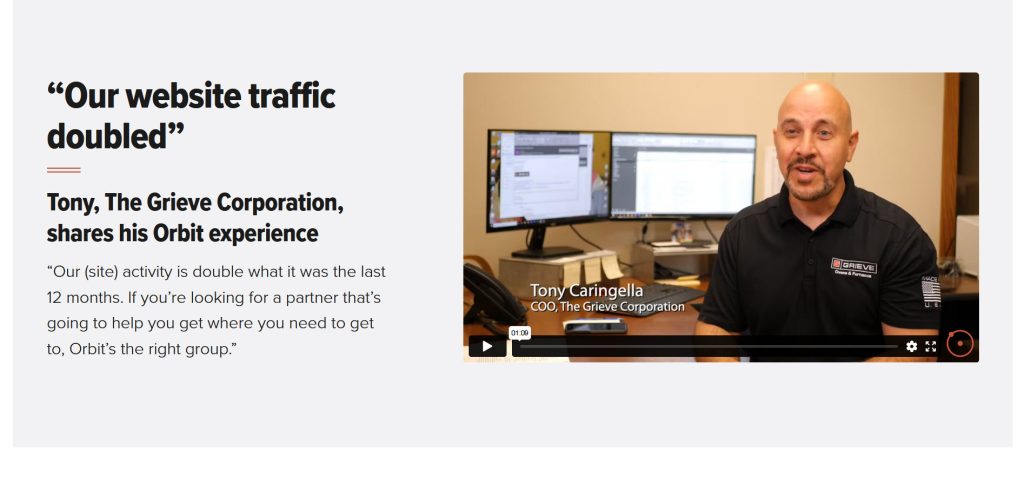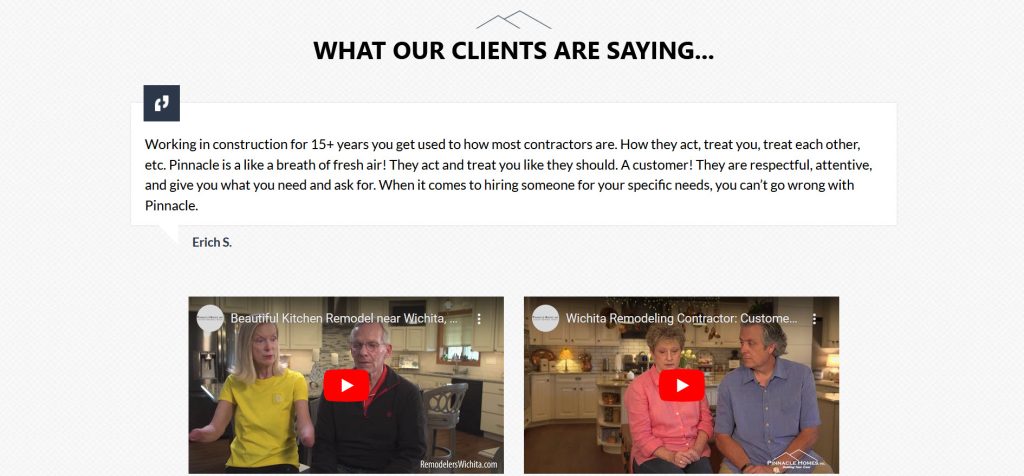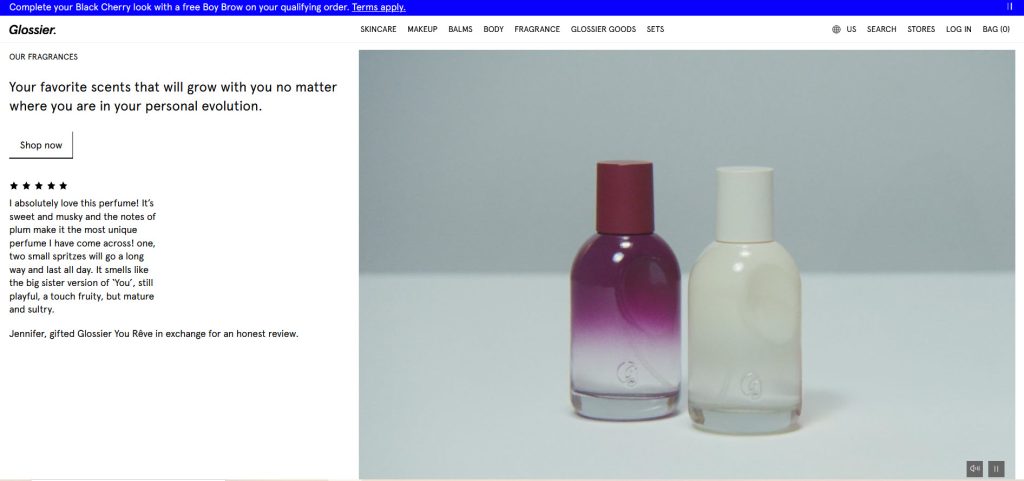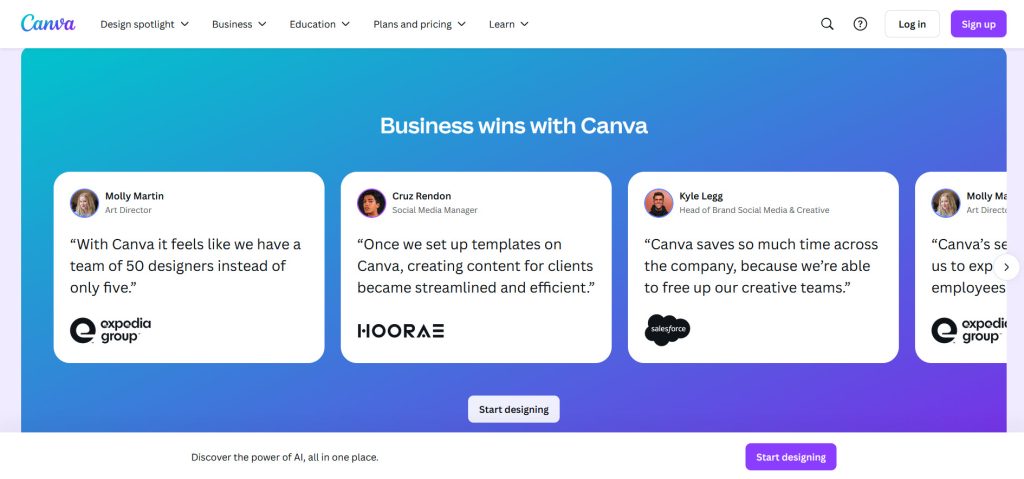
Customer testimonials are one of the most effective ways to build trust and credibility for your business. When done right, they can influence potential customers to choose your product or service by showcasing real-life experiences. Here’s how to use them effectively on your website.
What Makes a Convincing Testimonial?
Testimonials are one of the most effective ways to grow credibility by sharing other people’s experiences with your company. For it to resonate with your audience, it needs to be authentic, specific, and relatable.
Consider including the following elements:
- Real Names and Photos: Adding a name, photo, and job title (if applicable) gives the testimonial authenticity.
- Specific Results: Testimonials that include measurable outcomes (e.g., “increased sales by 30%” or “saved 10 hours a week”) are more persuasive.
- Emotion and Experience: Highlight how your product or service made the customer feel or improved their life.
- Overcome Typical Objections: Address and overcome common objections customers may have—such as concerns about quality, pricing, or reliability by sharing relatable success stories.
- Relatable Stories: Choose testimonials from customers who reflect your target audience.
- Diversity: Showcase a variety of testimonials that represent different use cases or customer types.
► Example:
“Using [Your Product], our team cut our onboarding time by 50%, allowing us to focus on growth. The support team was also incredibly helpful throughout the process!” – Jane Smith, CEO of GrowthCorp
The Do’s and Don’ts of Testimonial Placement
Do’s:
- Prominent Placement: Place testimonials on key pages like the homepage, product/service pages, and landing pages. Anywhere that you are introducing your brand or asking a user to take a risk like making a purchase, filling out a form (giving away information), etc.
- Highlight Relevant Feedback: Tailor testimonials to match the specific page content (e.g., feature product-focused testimonials on product pages).
- Use a Slider or Grid: Organize multiple testimonials in an easy-to-navigate format.
- Incorporate Visuals: Include video testimonials or client logos to enhance credibility.
- Update Regularly: Keep testimonials fresh and relevant by rotating or adding new ones.
Don’ts:
- Overcrowd the Page: Avoid placing too many in one area, as it can overwhelm visitors.
- Use Fake Testimonials: These can destroy trust if discovered.
- Ignore Mobile Optimization: Ensure that they are easy to read and navigate on all devices.
- Overgeneralize: Avoid vague statements like “Great service!” that lack depth or detail.
Example Websites with Effective Testimonial Placement
► Slack (https://slack.com/demo): Features customer testimonials with company logos on their demo landing page.

► Zendesk (www.zendesk.com): Uses a testimonial carousel with specific results.

► Orbit Media (www.orbitmedia.com): Highlights text and video testimonial with specific outcome prominently on their homepage.

► Pinnacle Homes (www.remodelerswichita.com): Showcases video testimonials with clear storytelling.

► Glossier (www.glossier.com): Displays customer reviews directly under products for immediate impact.

► Canva (www.canva.com): Displays a slider of testimonials from users that work at well-known companies.

Final Thoughts
Well-crafted testimonials are a powerful tool to establish trust and convert website visitors into customers. Focus on gathering authentic, specific, and relatable customer stories, and position them strategically across your website. By following these tips, you will not only build credibility but also showcase the real value of your product or service.

